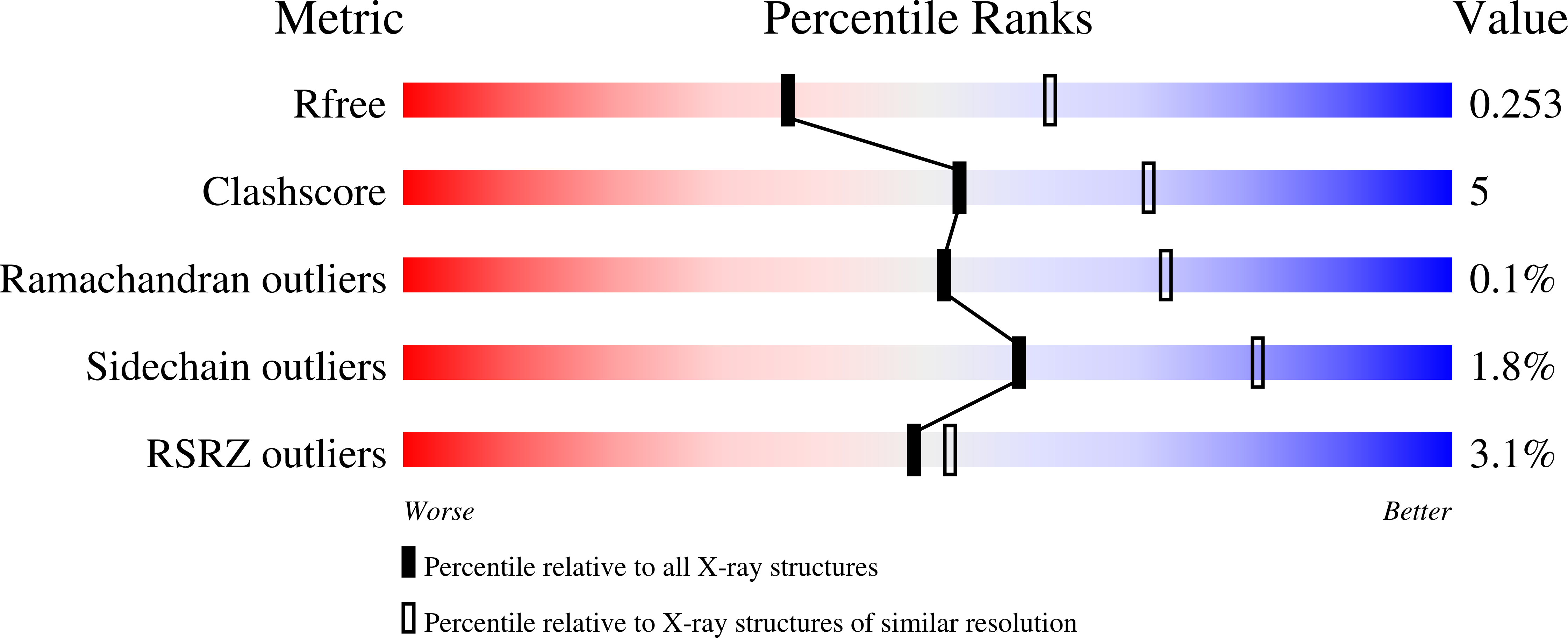
Deposition Date
2023-05-08
Release Date
2024-06-05
Last Version Date
2024-12-18
Entry Detail
PDB ID:
8SSI
Keywords:
Title:
Structure of Burkholderia pseudomallei deubiquitinase TssM in complex with ubiquitin
Biological Source:
Source Organism:
Burkholderia pseudomallei (Taxon ID: 28450)
Homo sapiens (Taxon ID: 9606)
Homo sapiens (Taxon ID: 9606)
Host Organism:
Method Details:
Experimental Method:
Resolution:
2.50 Å
R-Value Free:
0.25
R-Value Work:
0.22
R-Value Observed:
0.22
Space Group:
P 41 21 2


